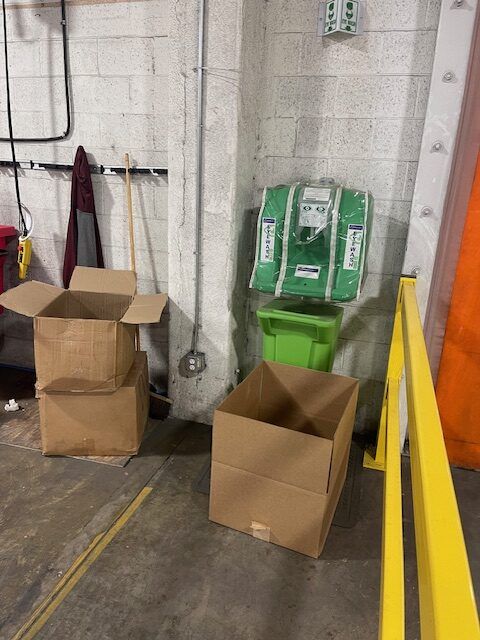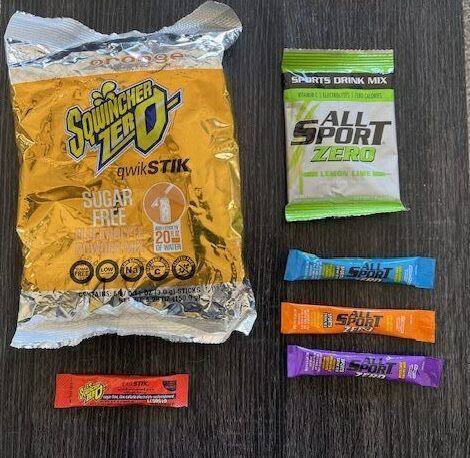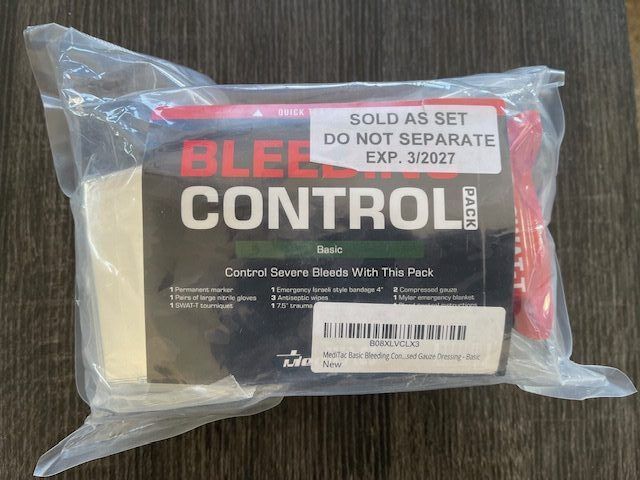Hidden Hazards: Uncovering Unexpected Workplace Risks
Understanding Hidden Hazards
Workplaces can have hidden hazards that are not always easy to see. These unexpected risks can lead to accidents or damage if not dealt with quickly. For example, loose cables, poor lighting, cluttered areas, or worn-out floor mats might seem like small issues at first. Over time, these problems can add up and create dangerous situations. Business owners should know that a safe workplace is not just about following basic rules—it is also about checking every corner of your facility to uncover hidden hazards before they cause trouble. It is important that safety equipment, such as first aid cabinets, eyewash stations, bleed kits, and AEDs, remains clear and accessible at all times with nothing blocking their path.
Simple Ways to Prevent Workplace Risks
There are several easy steps you can take to reduce hidden hazards and improve overall workplace safety. First, perform regular safety inspections in all areas of your facility. Look for things that can lead to slips, trips, or falls. Make sure that essential items like first aid cabinets, eyewash stations, bleed kits, and AEDs are always in clear view. A few simple measures can help reduce the risk of accidents:
- Regular Inspections: Check for any hidden hazards on a regular basis.
- Good Housekeeping: Keep work areas tidy and free of clutter.
- Proper Lighting: Ensure that all areas are well lit.
- Clear Safety Zones: Keep all safety equipment easily accessible.
- Employee Training: Teach workers to recognize and report hidden hazards.
In addition to these steps, it is crucial to keep safety equipment unblocked at all times. Items such as first aid cabinets, eyewash stations, bleed kits, and AEDs must be easily accessible. Regularly inspect your facility to ensure that nothing is obstructing these key areas. Clear safety zones help reduce response time in emergencies and keep everyone on site safe. By maintaining an organized workspace, you can prevent accidents and ensure that help is always at hand when needed.
For more detailed guidelines on workplace safety, check out the OSHA website for best practices. You can also explore additional tips on our Workplace Safety Tips page. By staying proactive and checking for hidden hazards regularly, you create a safer work environment where everyone can perform their jobs confidently and securely.


